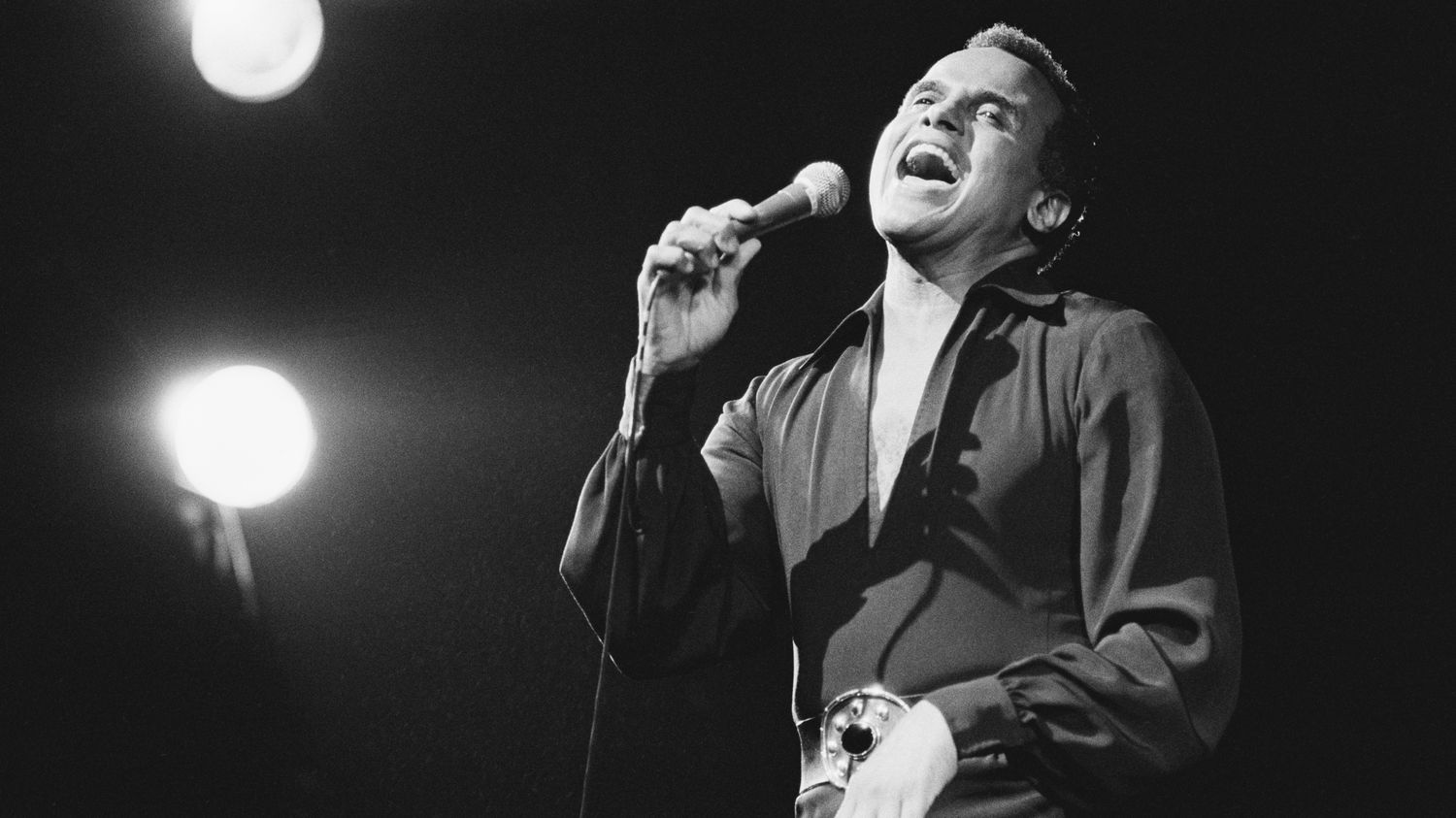First in history to sell an album with more than one million copies with “Calypso” in 1956, Harry Belafonte marked the American music industry with his songs which pay homage to his Jamaican origins but also thanks to her soft voice and her unique timbre.
Born in the cradle of black American music in New York in the district of Harlem in 1927, Harry Belafonte infuses all his music with his Jamaican origins. Harry follows his mother when she returns to live in Jamaica from 1935 to 1940, he is immersed in West Indian folklore, a real cultural mix, where he will often draw the original exotic inspiration characterizing his artistic career.
banana boat
Banana Boat (Day-O) is a chin popular folk song from Jamaica, recorded by Edric Connor and The Carribeans in 1952 as Day Dah Light. This song tells the story of dockworkers loading bananas onto a boat at night. At dawn, once their work is finished, they ask for their wages before returning home. Henry Belafonte covers this piece for his album Calypso from 1956.
This disc sold over a million copies and was number one on the Billboard Top Pop Albums. It is one of his most iconic international successes of his career. banana boat is used in 1988 in one of the most memorable scenes of the American film Beetlejuice by Tim Burton, during a business meal where a spell drives the guests to sing and dance around the table. It is also included in the musical.
Jump In The Line
Originally, Jump in the Line is a calypso song caribbean of the Trinidadian musician Lord Kitchener recorded in 1946. But its international success is linked to the cover of Harry Belafonte, for his album Jump Up Calypsoreleased in 1961. As Banana Boat, this title is used in the famous film beetle juice by director Tim Burton.
In 1998 the song was covered by American swing band The Cherry Poppin’ Daddies for the comedy film soundtrack BASEketball by David Zucker.
Island In The Sun
Island In The Sun was one of two songs (the other title being Lead Man Holler) written by Harry Belafonte and Irving Burgie for the film Island in the Sun released in 1957. The track serves as the opening credits. The feature film Island In The Sun evokes racial tension and an interracial romance. Harry Belafonte performed the song on The Ed Sullivan Show on June 9, 1957 to promote the film.
In 2017, the American singer released the album When Colors Come Together: The Legacy of Harry Belafonte for his 90th birthday in an effort to foster racial harmony, which included a new version of Island in the Sun titled When Colors Come Together (Our Island in the Sun) performed by a multi-ethnic children’s choir.
Jamaica Farewell
Jamaica Farewell is a folk song in the traditional Jamaican style, the mento. Predating ska and reggae music, the mento style greatly influenced them. The mento is often confused with the calypso democratized by Harry Belafonte. Although the two share many similarities and intertwine, they remain distinct musical forms. As in calypso, mento uses topical lyrics with a humorous slant, commenting on poverty and other social issues with occasional sexual innuendo.
The song’s lyrics were written by Lord Burgess (Irving Burgie), a half-Barbadian American-born songwriter. The song appeared on the album Calypso by Harry Belafonte in 1956 and reached number 14 on the Billboard Pop chart.
Matilda
Matilda is a pure calypso song. Written by Harry Belafonte, it tells the story of a man who was seduced and robbed by Matilda who ultimately only wanted his money. The song dates back to the 1930s, when calypso pioneer King Radio (Norman Span’s stage name) recorded the song.
The first recording of the song by Harry Belafonte dated April 27, 1953 and was released as a single. Belafonte re-records Matilda for his second album on RCA Victor, Belafontereleased in 1955. Heady thanks to this sentence “Hey! Ma-til-da; Ma-til-da; Ma-til-da, she takes my money and runs Venezuela”, Belafonte’s song invites you to dance and embodies an era. repeated multiple times, Matilda has inspired many artists who have appropriated the tube.
